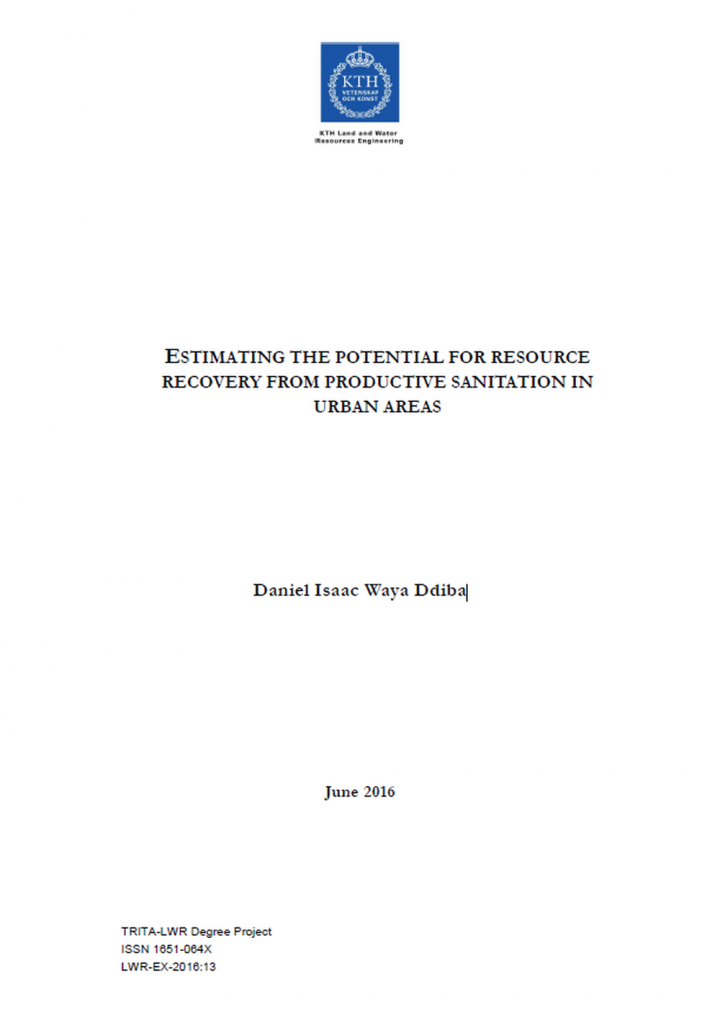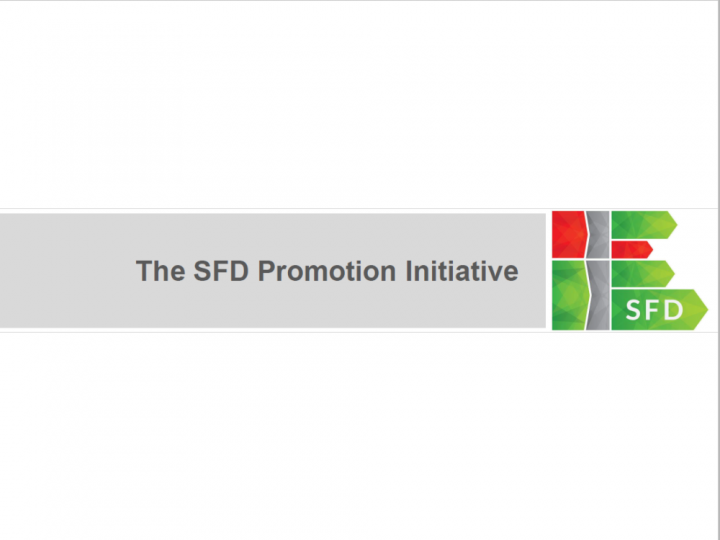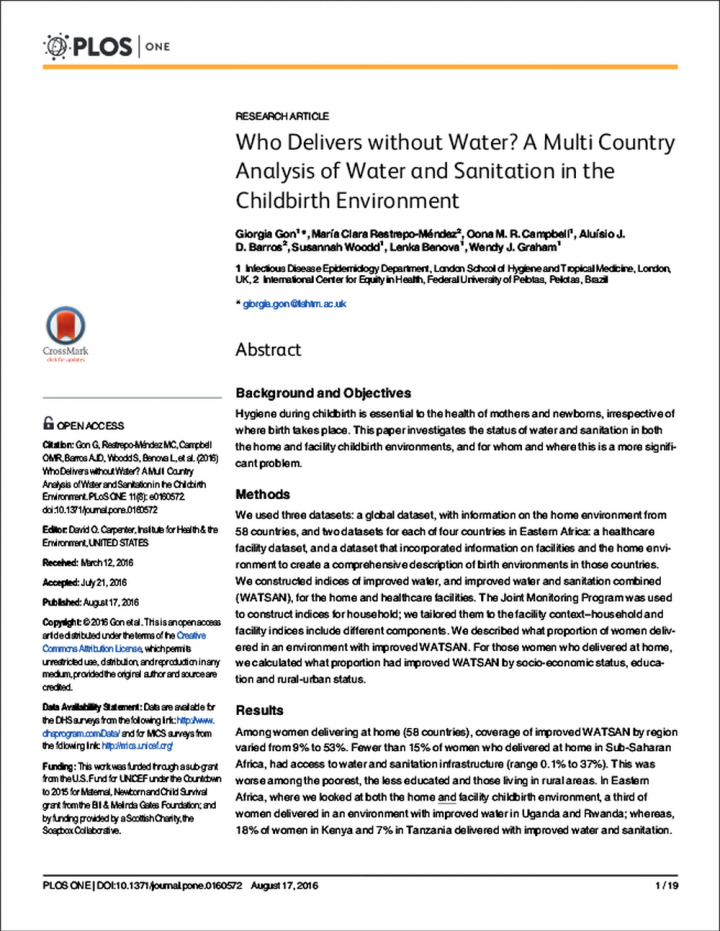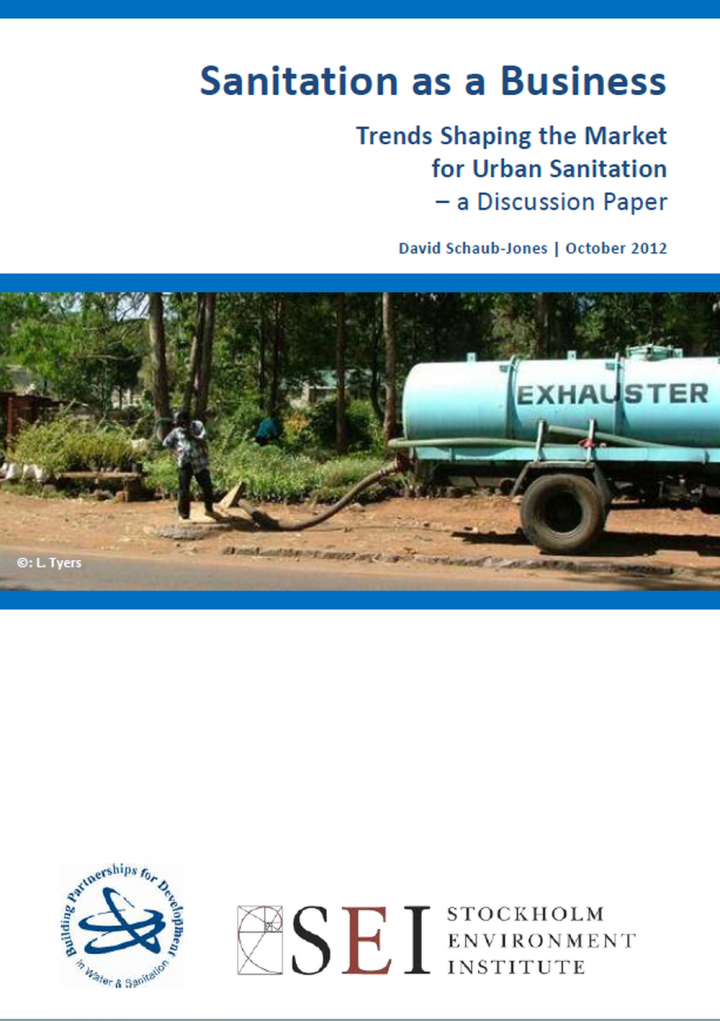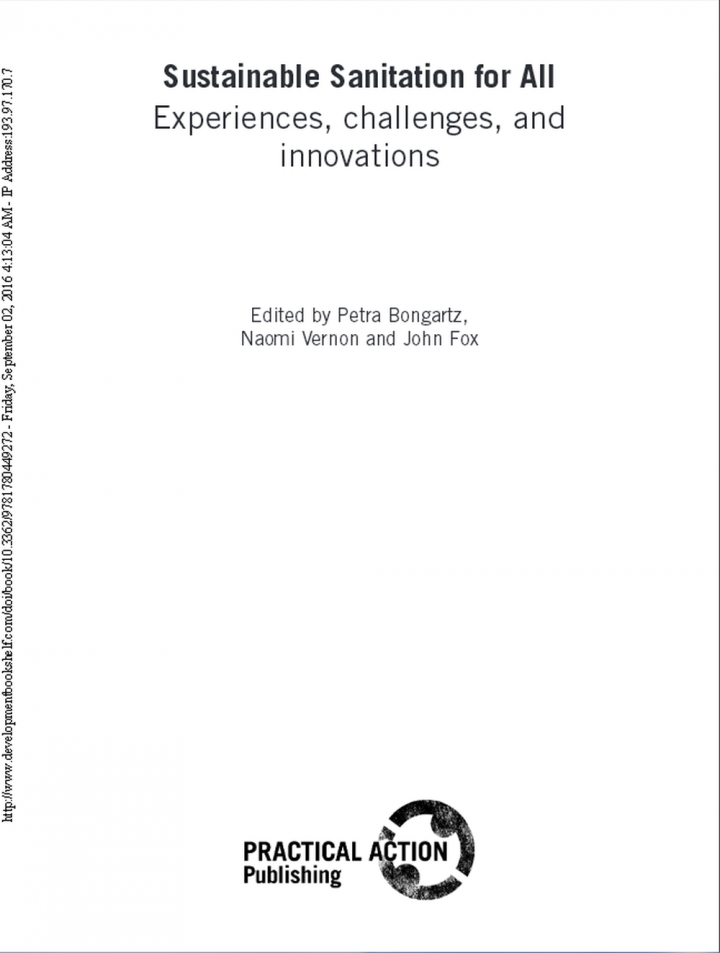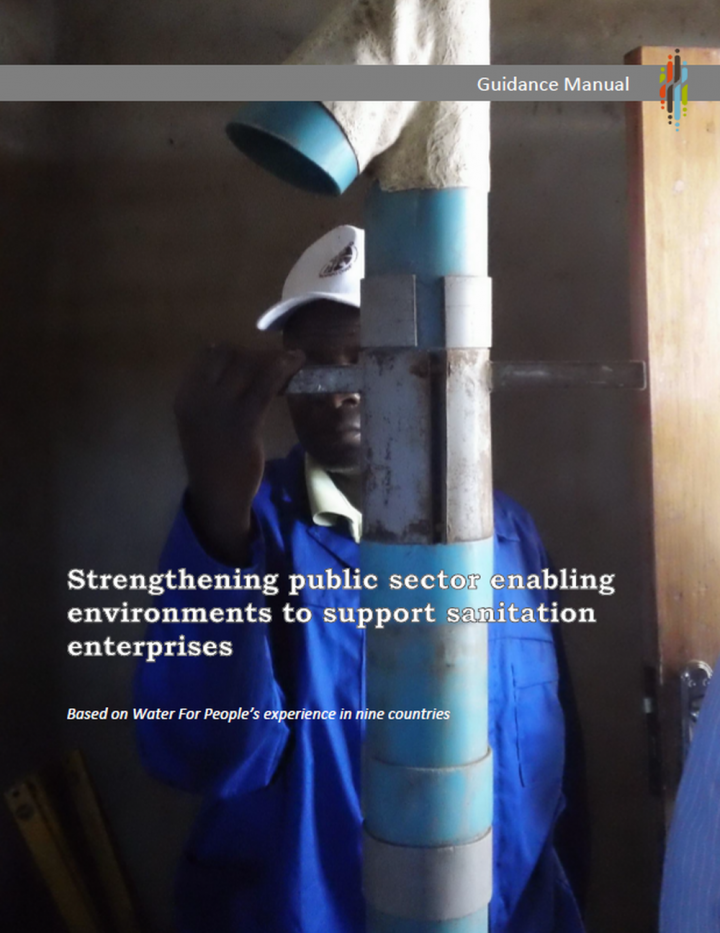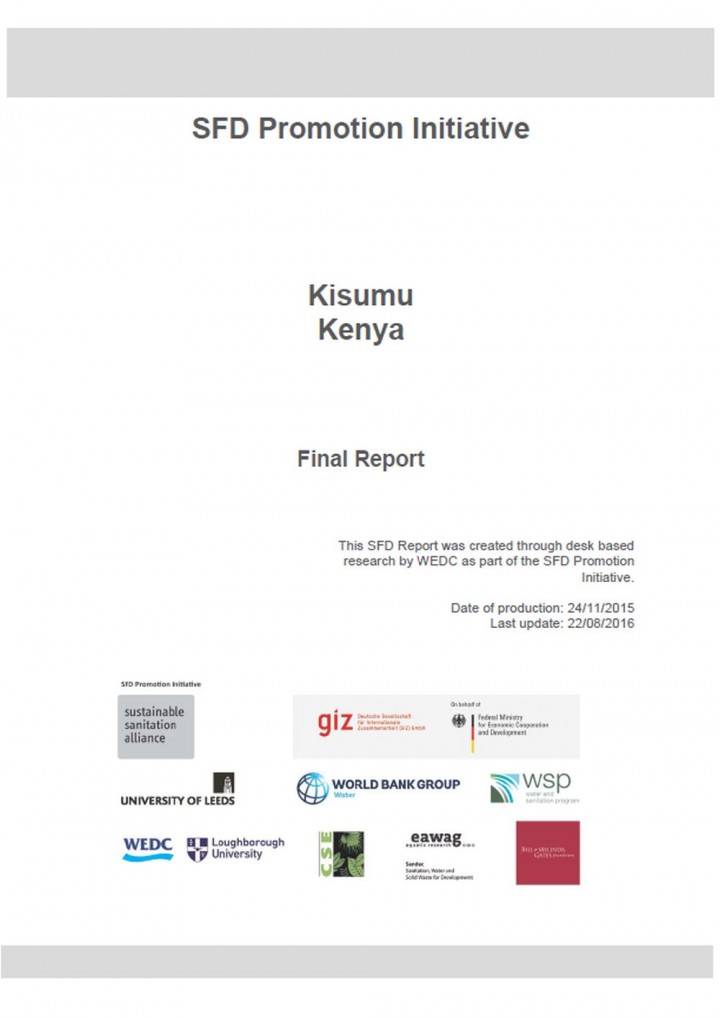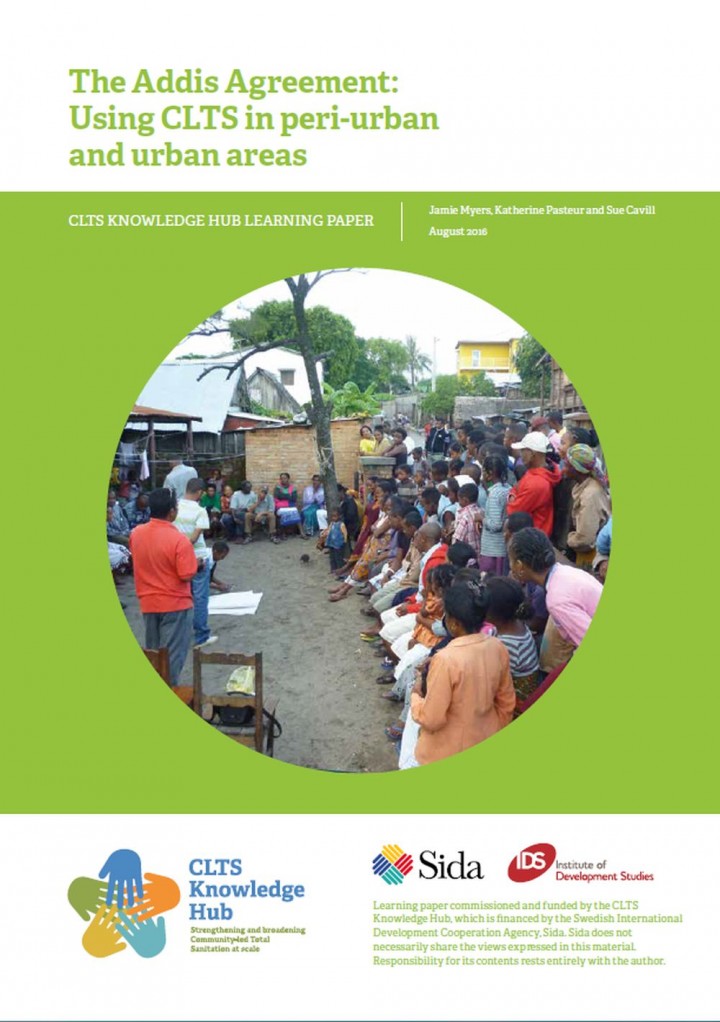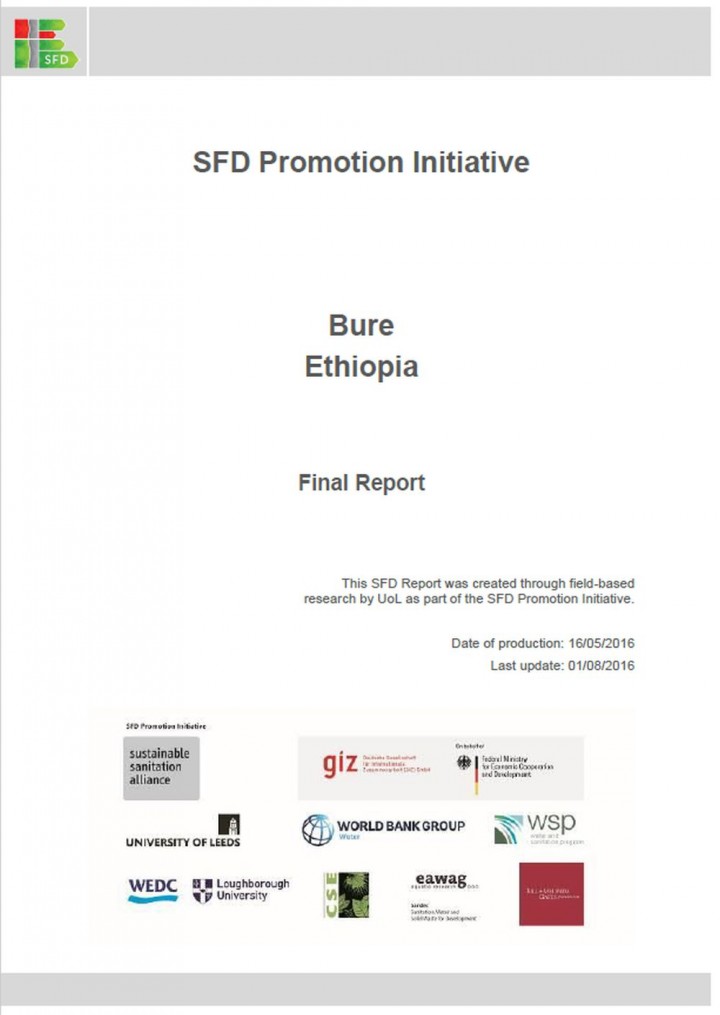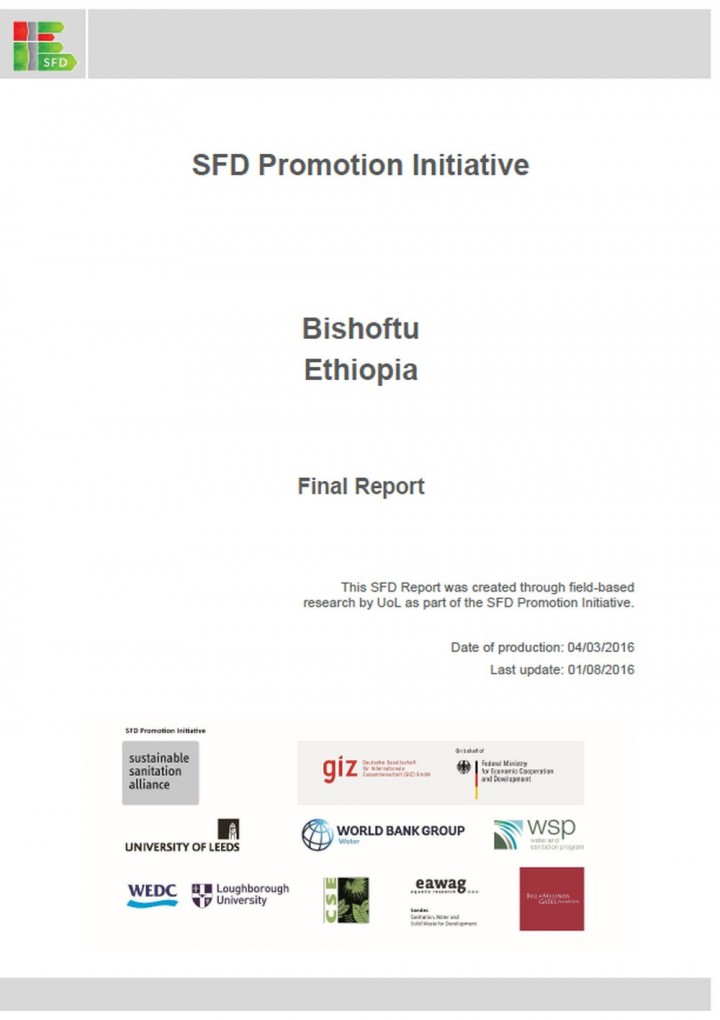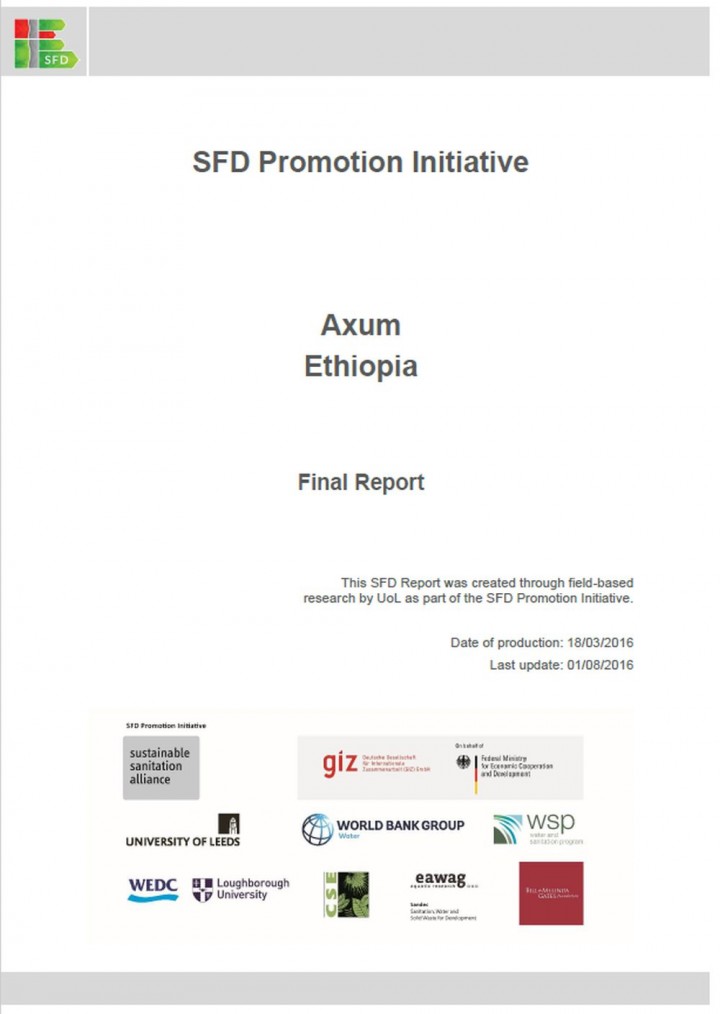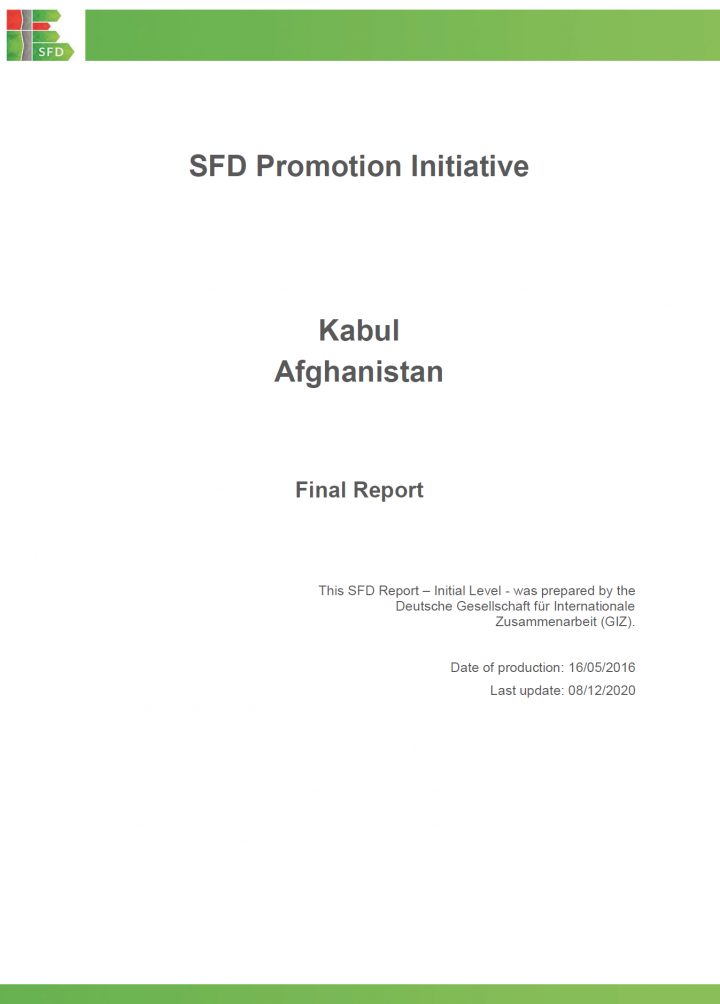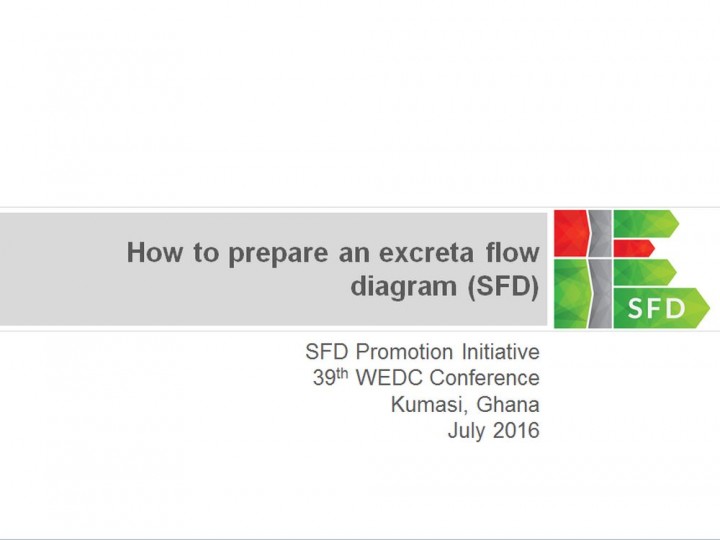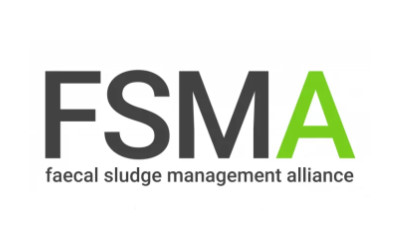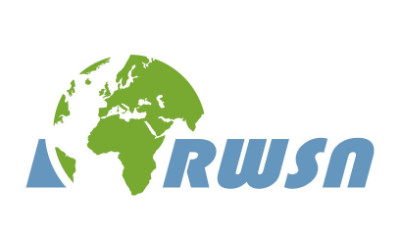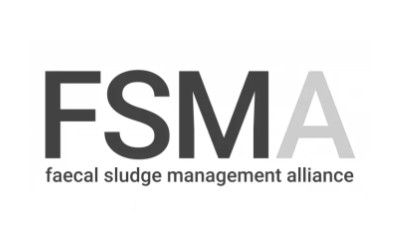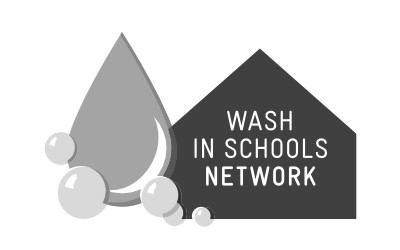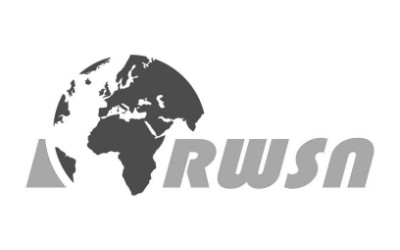Searching for information on Sanitation Workers?
The Sanitation Workers Knowledge + Learning Hub is the best source for all current news, trends, articles and updates on sanitation workers rights around the world.
Governments around the world have committed to end malnutrition by 2030. However, international and national nutrition plans and actions will fail if they don’t include all the ingredients for success. Evidence shows that scaling up nutrition-specific interventions to 90% coverage in 34 of the countries with the highest burden of child undernutrition, will only reduce stunting by 20%.
This …
The Global Nutrition Report is the only independent and comprehensive annual review of the state of the world’s nutrition. It is a multipartner initiative that holds a mirror up to our successes and failures at meeting intergovernmental nutrition targets. It documents progress on commitments made on the global stage, and it recommends actions to accelerate that progress.
The Global …
This discussion brief introduces a new tool being developed in the SEI Initiative on Sustainable Sanitation.
There is increasing interest in the concept of the circular economy and “closing the loop” in our use of various vital resources – including water, energy and mineral resources. This is driven not only by an interest in reducing the social and environmental damage linked to …
To-date, sanitation and waste management has mainly been approached from a public and environmental health perspective and this implies that excreta and other organic waste streams are seen not only as a hazard to quickly get rid of but also as only a very costly menace to manage. However, looking at sanitary and other urban organic waste streams from a resource recovery perspective provides an …
Few areas of investment today have as much to offer the global shift towards sustainable development as sanitation and wastewater management.1 Gaps in access to decent, functioning sanitation are clear markers of inequality and disadvantage. Unsafe management of excreta and wastewater expose populations to disease,
and degrade ecosystems and the services they provide. At the same time, there is …
The SFD Promotion Initiative has been working over the past year to develop a consistent method and the tools for producing excreta flow diagrams, the SFD (also called Shit Flow Diagrams). SFD is a powerful visualization tool that summarizes and presents excreta flows from containment (user interface) to their final destination in a given city. The Initiative was introduced to the broader …
Background and Objectives
Hygiene during childbirth is essential to the health of mothers and newborns, irrespective of where birth takes place. This paper investigates the status of water and sanitation in both the home and facility childbirth environments, and for whom and where this is a more significant problem.
Methods
We used three datasets: a global dataset, with information on the …
In November 2011, Jefferson County, Alabama made world news by filing for the largest-ever American municipal bankruptcy. Bad housing loans? Pension liabilities too great? No, it was the huge cost of investing in new sewers that tipped them over the edge.
Around the same time, a thousand miles to the North, the municipalities on Cape Cod, Massachusetts, were holding public meetings to discuss …
The first Unclogging the Blockages conference took place in Kampala, Uganda from Feb 18-20 with the aim of putting on the table some of the major challenges facing the scale up of sustainable sanitation as well as in in collaborating towards innovative solutions. The conference gathered a diverse array of over 150 individuals both from within and outside the sanitation sector, including those …
Describing the landscape of sustainability of CLTS and sanitation with reference to the Sustainable Development Goals (SDGs) and through examples from Africa and Asia, the book captures a range of experiences and innovations from a broad range of institutions and actors within the WASH sector, and attempts to make recommendations and practical suggestions for policy and practice for …
During 2012-2014, SNV did four country reviews of legal arrangements for urban sanitation and hygiene in Nepal, Bhutan, Bangladesh and Indonesia. Based on these experiences, this guide was developed to provide support and guidance for WASH practitioners undertaking a scan of legal arrangements to inform the design (use of frameworks and tools) and delivery (advocacy for improvements) of urban …
Planning and financing for sanitation in cities and towns in developing countries is often ad hoc and piecemeal. Stronger capacity to plan financing for sanitation infrastructure (and services) for the long term will lead to better outcomes. Planning for adequate long-term services requires consideration of the complete sanitation service chain over the lifecycle of the associated service …
Septage transfer stations have the potential to significantly reduce the amount of faecal sludge entering the environment by providing a local solution for septage disposal. Localised transfer stations shorten the time required for local operators to collect and transport septage, and they will be able to use smaller vacuum tanks that can navigate the densely populated residential areas. This …
Cities are clear examples of complex and rapidly changing systems, particularly in countries where urban population growth and economic development continue apace, and where the socio-political context strongly influences the directions taken. The concept of double-loop learning can be usefully applied to city sanitation planning. This paper prompts practitioners, policy-makers and development …
Billions of people lack access to a decent toilet. Attempts to address this gap through direct-subsidy models have often been proven unsustainable as, given resource limitations, they are unable to provide desirable toilets that families are likely to use and maintain over time. Based on private sector success in low-income markets, business-based approaches may be able to help bridge this gap …
Kisumu is the principal city of western Kenya and the third largest city in Kenya. It covers an approximate area of 297 km2 and sits on the shores of Lake Victoria. The city is divided into two topographical areas, the hilly north and the southern plain. The current population is estimated to be 419,072 and 60% of the population live in informal settlements. A majority of people in Kisumu use …
The CLTS Knowledge Hub at the Institute of Development Studies, with the help of Plan International Ethiopia, convened a three day workshop in Addis Ababa. The workshop titled ‘Using a CLTS approach in peri-urban and urban environments’ brought together people who had been involved in urban CLTS programmes to share their varied experiences and discuss what added value a CLTS approach can …
“The question now is not whether school health programs are necessary... but how they can be implemented at meaning scale. This is the challenge that we now face,” (Bundy, 2011, p. xiv). This quote reflects a key issue in the field of school health and WASH in Schools (WinS), especially in countries where resources are limited compared to the challenges in this field. Often good practices can …
Bure is located 400 km north of the capital Addis Ababa and 148 km south west of Bahir Dar and is within the Amhara State, Western Gojjam Administrative Zone of Ethiopia. It has a total urban population of 27,386 people. The number of Open Defecation is only 2%. Nevertheless, none of the city's excreta is delivered to a treatment plant. Therefore, only 33% of the city's excreta is safely managed, …
Bishoftu is located in the state of Oromia, Ethiopia, approximately 47 km south east of Addis Ababa. Its topography is undulating and characterized by flat land on the north and east parts of the city, locked by several lakes, while the south is dominated by hills (BCP, 2015). The geographical area of the city is about 15,273 ha, and it lies at an altitude in the range of 1900 m. to 1995 m. The …
Axum is located in the Tigray region in the northern tip of the Ethiopian Plateau. The town is 1,041km away from the capital, Addis Ababa, with a population of 46,887. The number of Open Defecation is only 4%. Nevertheless, none of the city's excreta is delivered to a treatment plant. Therefore, only 22% of the city's excreta is safely managed, while 78% is unsafely managed.
To this end the Kampala WASH Symposium, held in Uganda in June 2016, looked beyond the conventional notion of ‘projects’ to explore how we, as WASH actors, can and should work together within the wider complex systems that deliver services. With participants and presentations from governments, donors, researchers, and practitioners, this event brought emerging thinking on how to drive …
Kabul is the capital and largest city of Afghanistan, located in the eastern section of the country. According to a 2012 estimate, the population of the city was around 3,289,000. It was selected for the SFD program because it is a mega city with only 20% supplied with piped water and 60% informal dwellings. In Kabul it was estimated that 25% of excreta is managed safely while 75% of the excreta …
Sustainable Development Goal (SDG) 6 “Ensure access to water and sanitation for all” and its targets can only be achieved by establishing new models for managing water resources. The fact that the Millennium Development Goal target for sanitation was not met in many countries shows the need to overcome traditional patterns of infrastructure development.
Such efforts also have …
This presentation was held at the 39th WEDC conference in Kumasi, Ghana in July 2016 by the SFD Promotion Initiative. The objective of the session was to introduce the tools available for SFD production and to guide participants through the process of creating an SFD.
The presentation contains information on:
- The SFD Promotion Initiative
- What is an SFD?
- Methodology for data …




